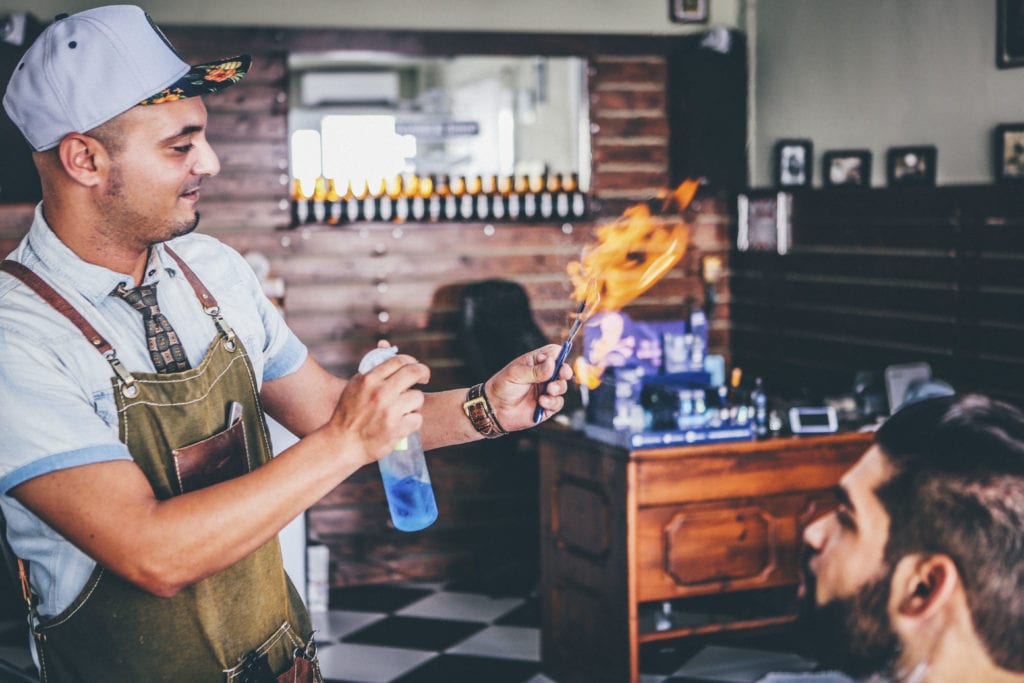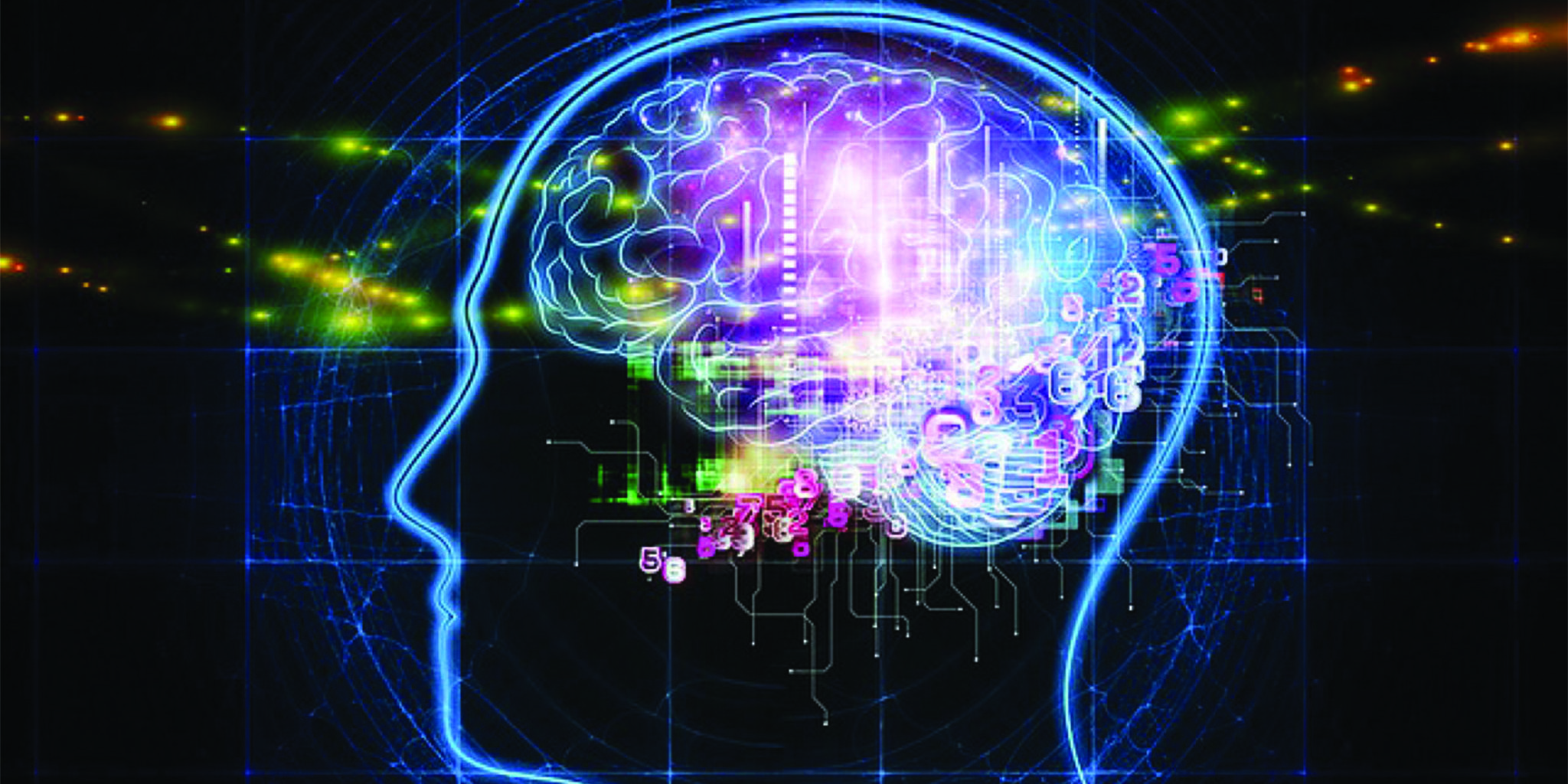“In every job that must be done, there is an element of fun. You find the fun, and – SNAP – the job’s a game!” So said Mary Poppins prior to bursting into song before a bemused looking Jane and Michael Banks.
At Catalyst we always bring a spoonful of sugar to our work. In fact, when I recently asked colleagues which words they’d use to describe us, ‘fun’ was one of the words most used. But it’s not just frivolous – fun and enjoyment at work create an environment that’s relaxed and comfortable and these are ideal conditions for learning.

There’s a limit to how much a brain can process at a time. The brain’s reticular activating system (RAS), located around about where the brain stem is, acts as a filter helping to cope with the millions and millions of pieces of information, signals and ‘noise’ all around. Things that are funny, intriguing, quirky or stimulating pass through the RAS filter most easily.
But if the atmosphere isn’t right, if people feel stressed and anxious, the amygdala might block the information and prevent it getting to the pre-frontal cortex and into memory circuits. So the more we as trainers can do to bring positivity the better, as the more positive our learners feel, the more likely they are to remember the information we’re sharing. This is because the hippocampus (the part of the brain that makes links between new information being entered and things that are already committed to memory) works better when people are at ease. And then, when we repeat key messages and important information we’re reinforcing the brain’s connections making it easier and easier for them to become embedded. That’s to say, when we repeat key messages and important information we’re reinforcing the brain’s connections making it easier and easier for them to become embedded!
Once information’s in, the pre-frontal cortex (the part of the brain known for thinking) processes it and cogitation and reflection begins. But’s there’s more – let’s add a nice hit of dopamine into the mix and really get the party started! Dopamine is released by enjoyable experiences, such as learning something that’s particularly engaging, receiving positive feedback, achieving something constructive, laughing or doing something physical. Dopamine activates additional neurons to boost learning even further and bring pleasurable associations and a feel-good reward.

Of course there are other ways to learn. Some of the things that are most embedded in my brain were learned by rote – for example the times tables, the rhyme ‘30 days has September…’ and the fates of all the wives of Henry Eighth. Other things that have stuck have been lessons learned the hard way – the learning that comes from making mistakes. Like the time…well let’s just say I won’t be doing that again.
When all is said and done I believe that the most important part of our role isn’t training. It is lighting a fire in people and building the appetite, enthusiasm and confidence within our learners so that they are ready to go on and turn their learning into action. If they feel good about what they’ve learned and how they learned it that’s far more likely to happen.
I wouldn’t go as far as Mary Poppins and assert that every task they undertake will become a piece of cake, but agree wholeheartedly about the spoonful of sugar.
If you have any questions about learning Lean Six Sigma or other continuous Improvement projects, please do contact us.









